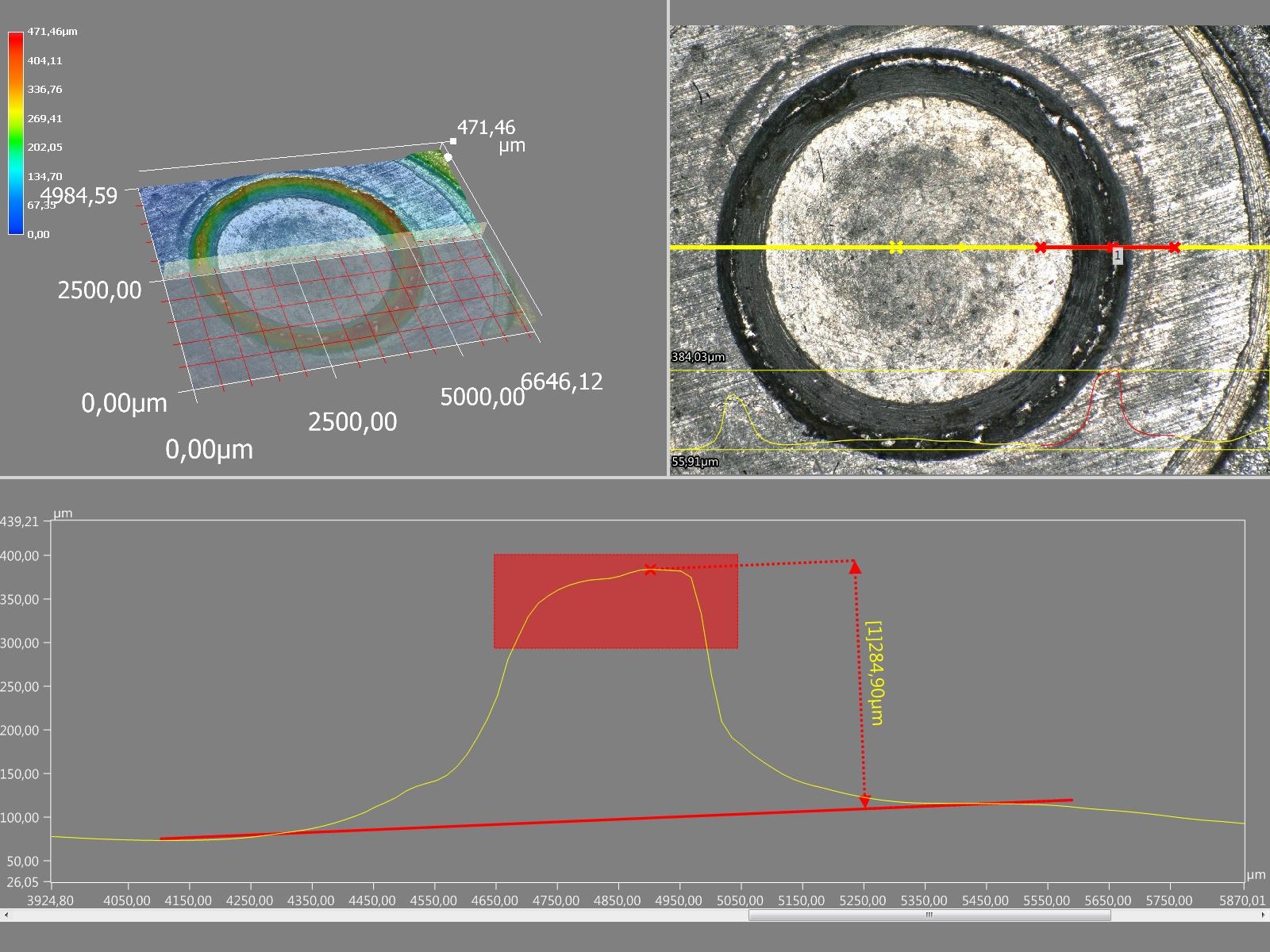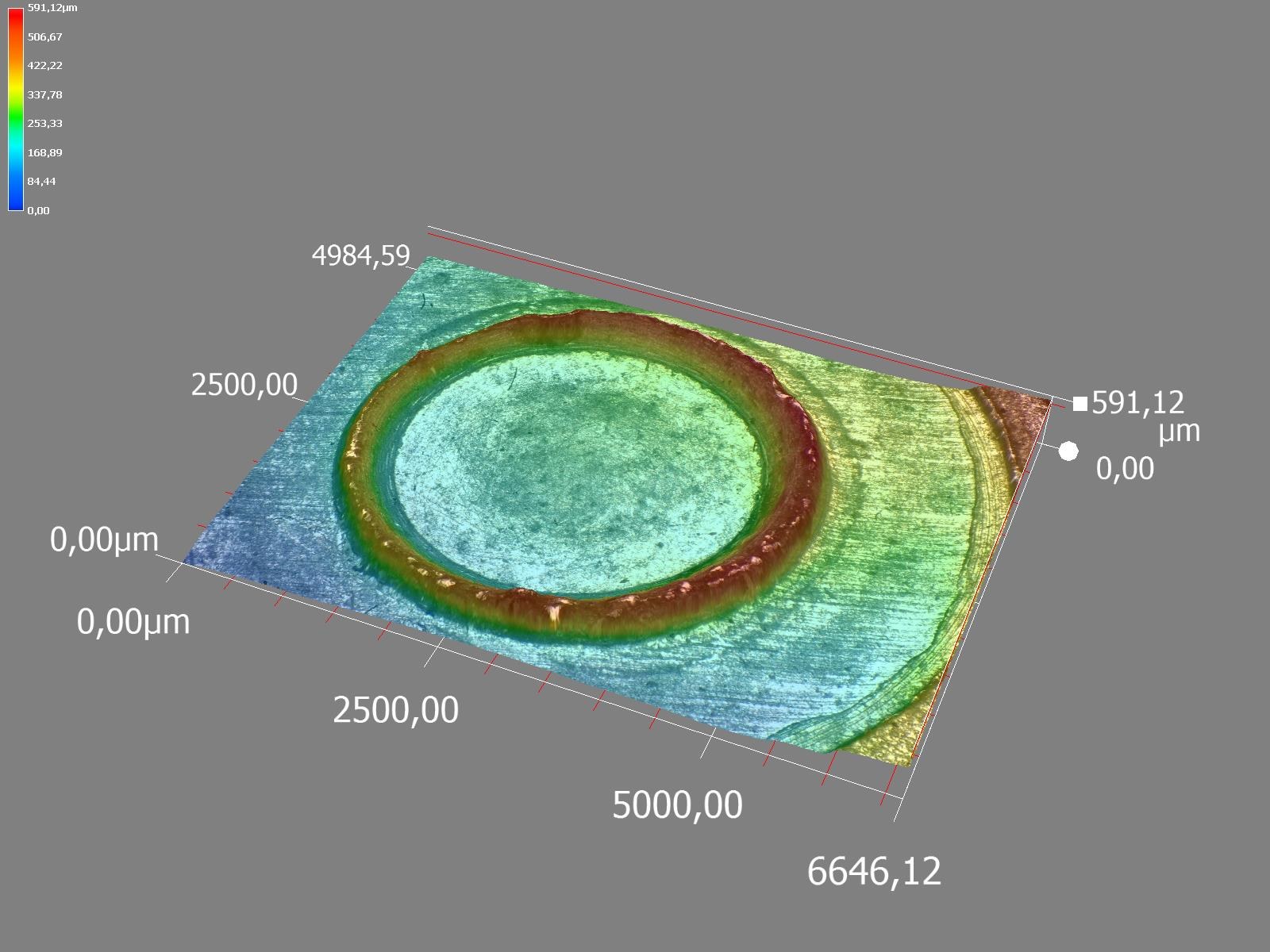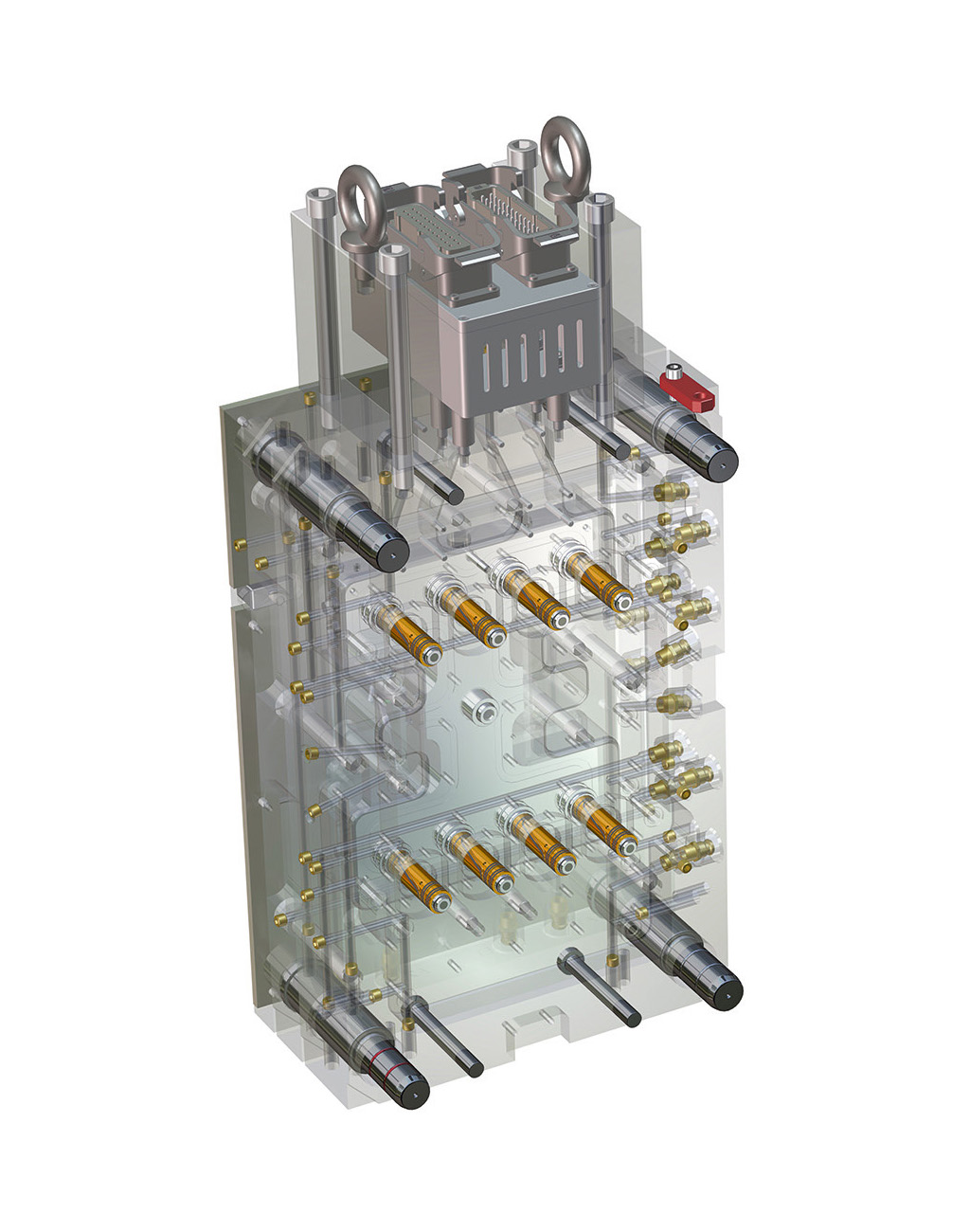
Why hot runner for die-casting?
As a result of the development of this process, as well as its conversion into a die-casting hot runner, a sprueless production is made possible for the first time.
Learn more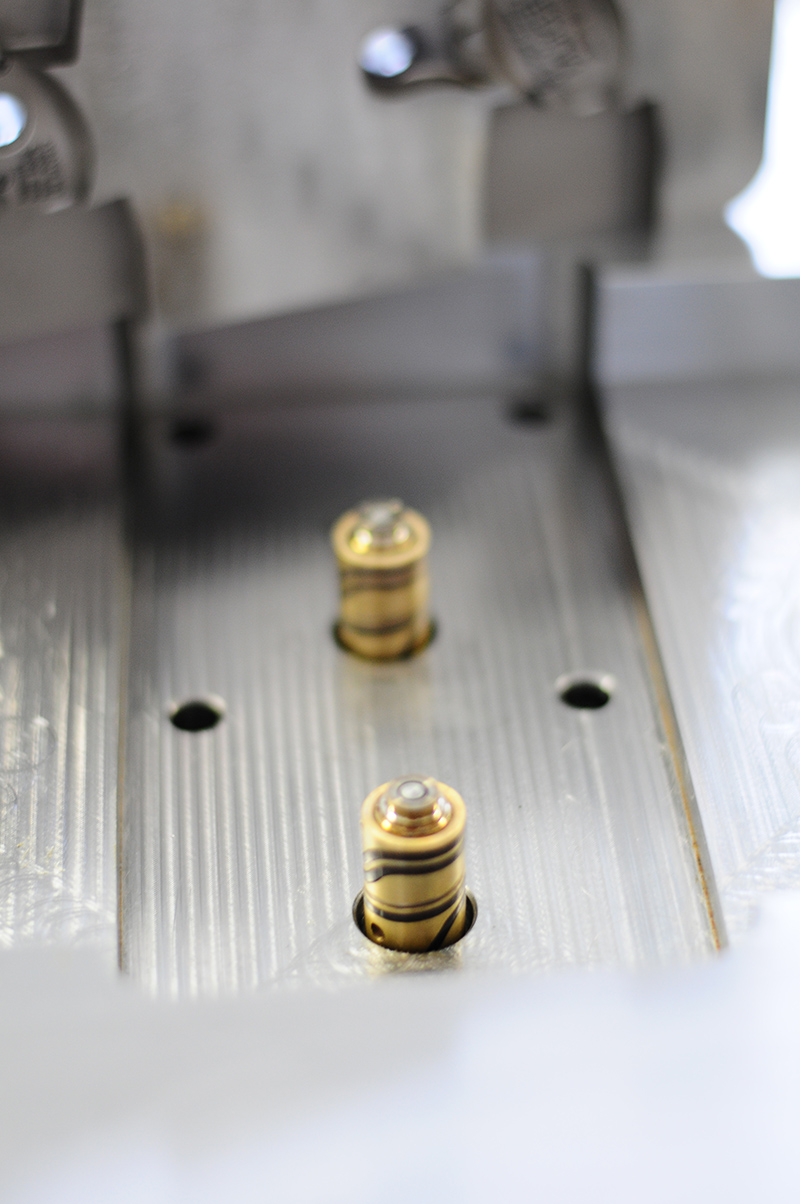
Production without secondary processing
Direct gating of the parts allows rework-less production analogue to today's production of plastic parts.
Advantages for manufacturing
checkThe cycle time is significantly reduced!
checkProduction amount rate is increased
checkSecondary processing steps are not necessary
checkEnergy efficiency is increased
checkReturn materials are eliminated / massively reduced
Sprue-system is completely eliminated
Wear in the sprue area (article gate) has led to
the considerable reduction in the mould durability.
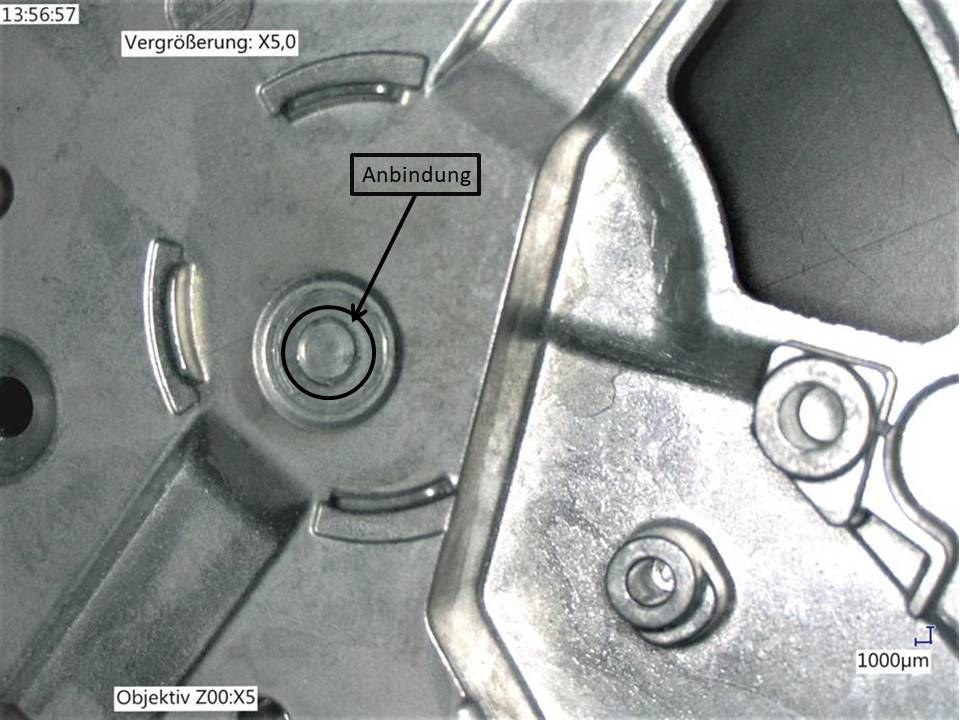
Avoid wear
Due to the direct gating to the article and the use of wear-resistant materials, the wear in the sprue area is eliminated.
Elimination of overflow chambers
Overflow chambers will be omitted for most parts.
Conventional casting: Energy consumption
The amount of material to be melted and reintroduced into the process (sprues / return material) is currently about 40% of the annual production of die-cast zinc!
Conventional casting: Article quality
Until now, the complete sprue system had to be evacuated, which is often a multiple of the article volume. This has so far happened over the overflow chambers, as well as the mold separation. Regardless of the caused by reaction, the porosity of the articles is increased.
Hot runner casting:
By using the hot runner, the melt is fed directly to the article under appropriate pressure. As a result, there is hardly any oxide foam and the proportion of air to be evacuated is massively reduced. This also reduces the porosity of the articles.

